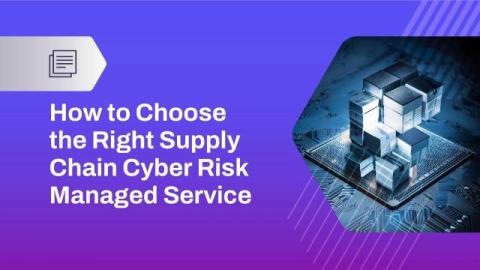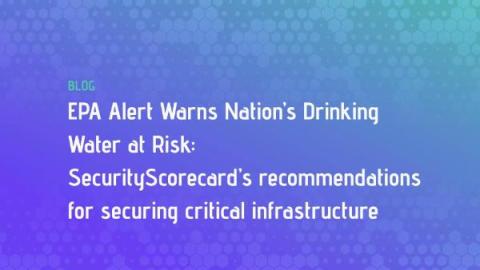SecurityScorecard and AWS Help Make Secure Software Procurement Faster and Easier
Organizations increasingly rely on third parties for business operations, and as a result are working with more digital suppliers than ever. According to Gartner, 60% of organizations work with more than 1,000 third parties and this number will grow. High-profile vulnerabilities such as Log4Shell are a constant reminder of the risks posed by a breakdown in the software supply chain. This has spurred enterprises to increase the rigor of software risk assessments to ensure supply chain security.











